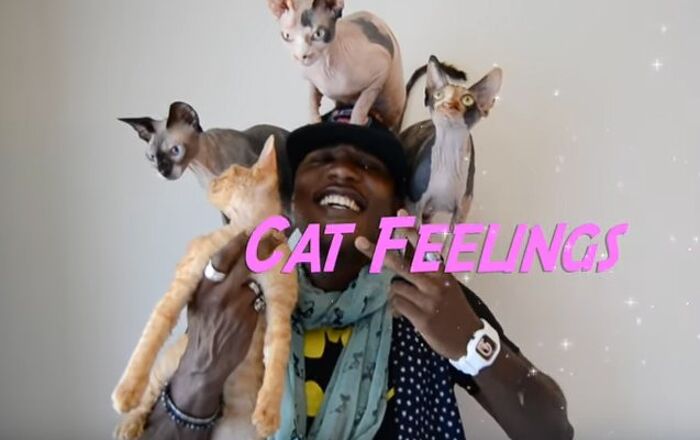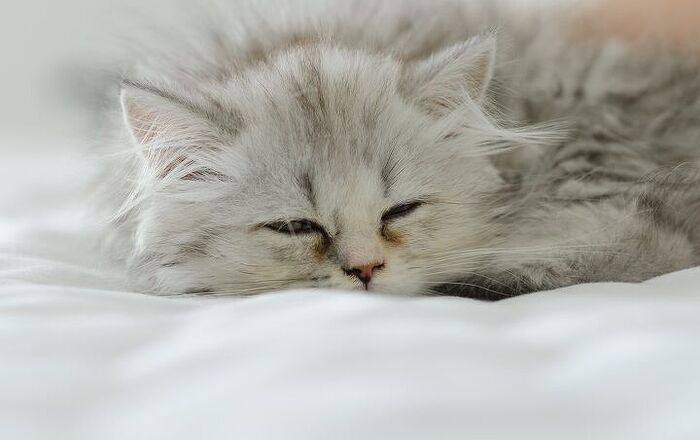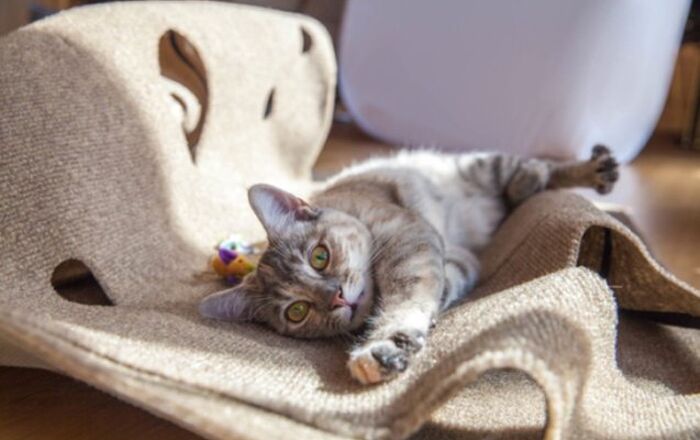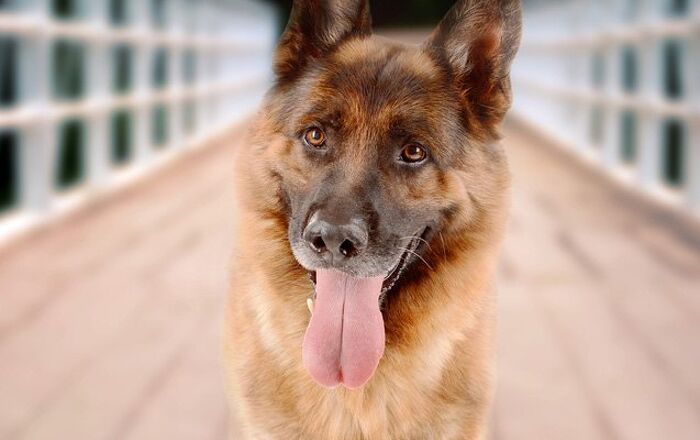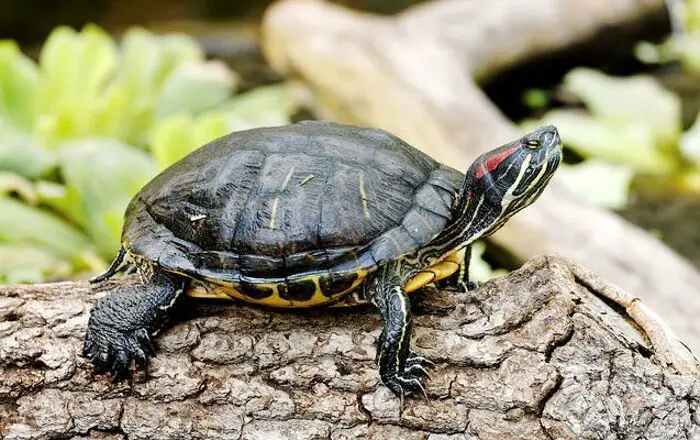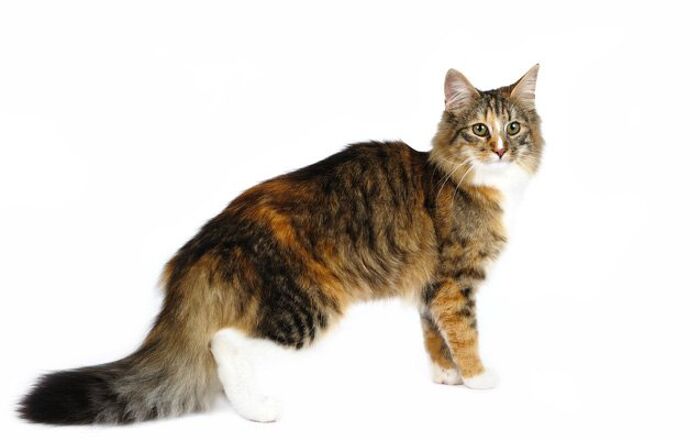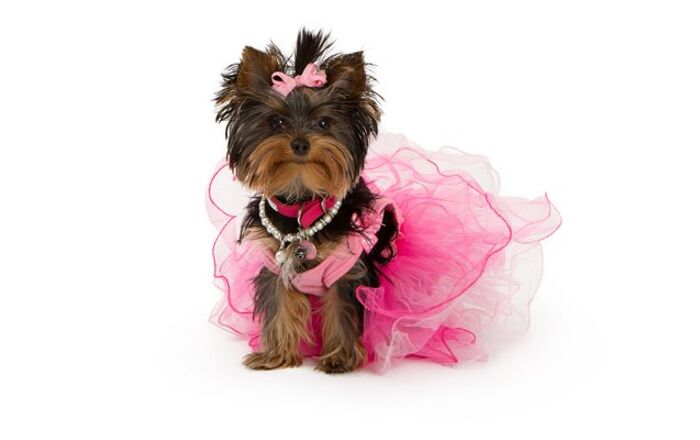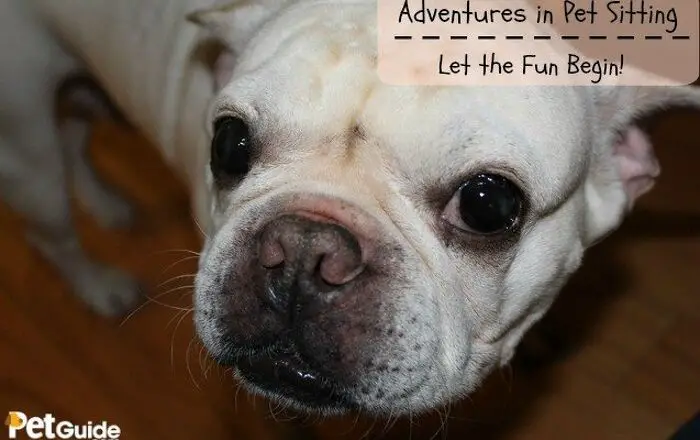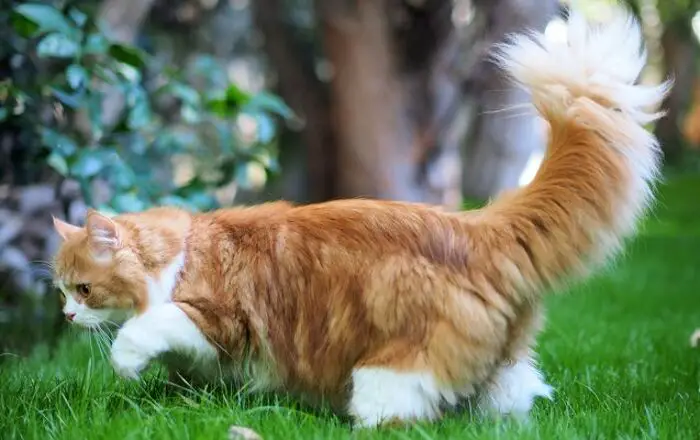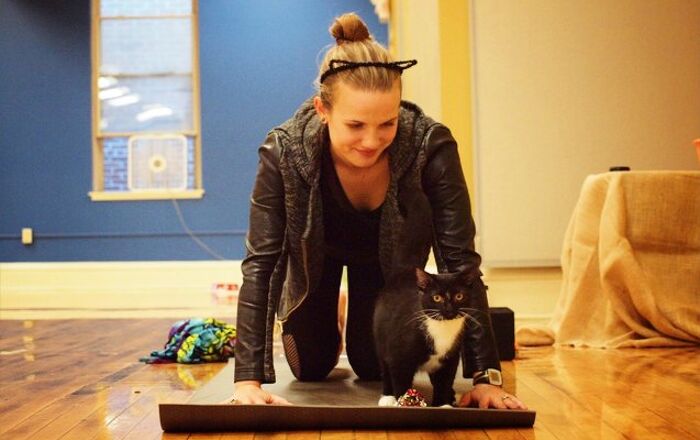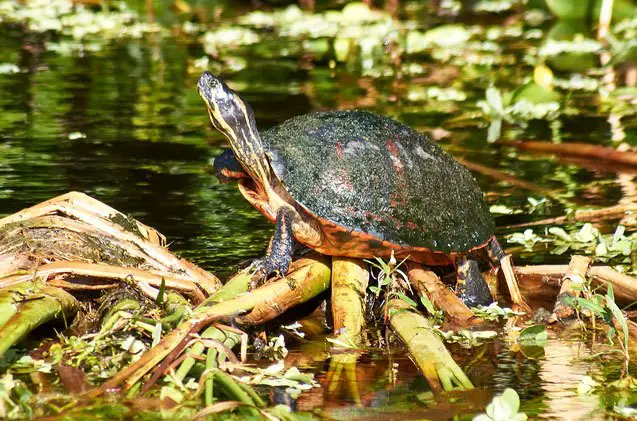
Florida Red-Belly Turtle General Info
The attractive Florida Red-Belly Turtle is actually a type of Cooter, and it is a popular breed for those who want to bring a turtle into their family. These pets are sociable, and even when they are shy, they will get over the shyness pretty quickly and become comfortable in their enclosure and around the people that they are familiar with.
It is important to note that these turtles do get quite large, so you will need to be certain that you have enough space for this breed to thrive, whether you choose to set up your pet’s enclosure inside your home or outside in your garden.
The Florida Red-Belly Turtle is actually a type of Cooter, and it is a popular breed for those who want to bring a turtle into their family.
Native Habitat
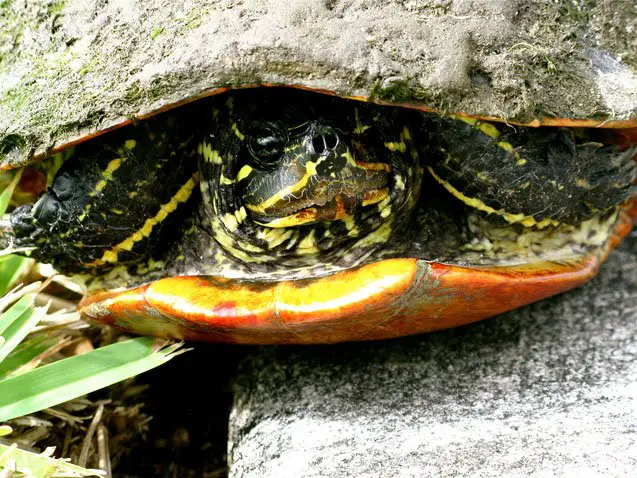
The Florida Red-Belly Turtle is found in the Okefenokee Swamp, which is located in southern Georgia. These turtles are also found westward to Apalachicola, Florida, and their range extends to the south through the Florida peninsula.
You will find these turtles in lakes, sloughs, mangrove bordered creeks, marshes, ponds, rivers, and ditches. They prefer habitats where there is an abundant amount of vegetation available.
Overall Description
Florida Red-Belly Turtles have a few distinguishing features. For example, these turtles showcase broad stripes on their carapace. These stripes are colored red, so they are hard to miss. There is also a variable red and black pattern on their plastron that is attractive and distinctive.
When looking closely at these turtles, you will even notice a serrated pattern on the jaw. Also, the front of the turtle’s upper jaw features a deep notch that has a pair of cusps. These sit on each side and look somewhat like teeth.
Florida Red-Belly Turtles are sociable, and even when shy, they will get over the shyness quickly.
Colors
In addition to the red stripes on the Florida Red-Belly Turtle’s carapace, and the black and red patterns on the plastron, these attractive turtles also have thin yellow lines streaked across the head. One of these lines actually goes down the center of the head in between both eyes and ends close to the nose, forming a shape that looks like an arrow.
Environment

Florida Red-Belly Turtles can be kept in indoor or outdoor enclosures. For the substrate, you can choose a fine gravel, a medium sized gravel, or sand.
These turtles really enjoy basking, so you have to set up a basking spot in your turtle’s enclosure. You should place a heat lamp, along with a UVB light bulb, over the area where your turtle will bask. And these turtles are also strong swimmers, so they should have deep water that they can dive into and swim around in.
A single adult Florida Red-Belly Turtle should be housed in a 90-gallon tank as the minimum. 100 gallons or more is preferable when it comes to how much space your turtle should ideally have. If you plan on adding additional turtles to the tank, you will need to double the tank size. A reliable and high quality filtration system should be used to keep the tank water clean at all times.
In terms of temperature, you should maintain the air temperature of your Florida Red-Belly Turtle’s enclosure in the low to mid 80s. The basking temperature should be anywhere from the upper 80s to low 90s, and the water temperature can be anywhere from the low to mid 70s.
If you do decide to give your turtle plenty of space in an outdoor pond, it should be fenced so that you can keep your turtle in the enclosure while also protecting him from predators. A good option would be a plastic-lined, in-ground pond that measures at least 5’x5’. This size will even be suitable for a pair of Florida Red-Belly Turtles.
Care Requirements
The Florida Red-Belly Turtle is an herbivore in the wild, so they enjoy feeding on a variety of non-toxic aquatic plants. Younger turtles can consume some insects, but they will become more herbivorous as they get older.
To keep this turtle happy and healthy, you can feed your pet some commercial pelleted food designed for turtles, as well as fresh fruits, vegetables, and aquatic plants.
Florida Red-Belly Turtles can be kept in indoor or outdoor enclosures.
Behavior
Provided that you have the space, you can house your Florida Red-Belly Turtle with others of its own kind, or you can create a community tank that includes other Cooters, Musk Turtles, Mud Turtles, Slider Turtles, Painted Turtles, and Map Turtles.
As is the case with other turtle breeds that are kept as pets, it is best to get one that was captive-bred, as he will be more comfortable around people and content in his enclosure. Taking these animals out of the wild damages wild populations, and they also tend to be more skittish when placed in a captive environment, making it more likely that your turtle will try to bite or scratch you. Plus, Florida Red-Belly Turtles, like other Cooters, can be powerful, so they can destroy the tank setup that you put them in when they are not captive-bred.
Photo credit: jillyn/Bigstock; MarthaClick/Bigstock; Steve Byland/Bigstock



